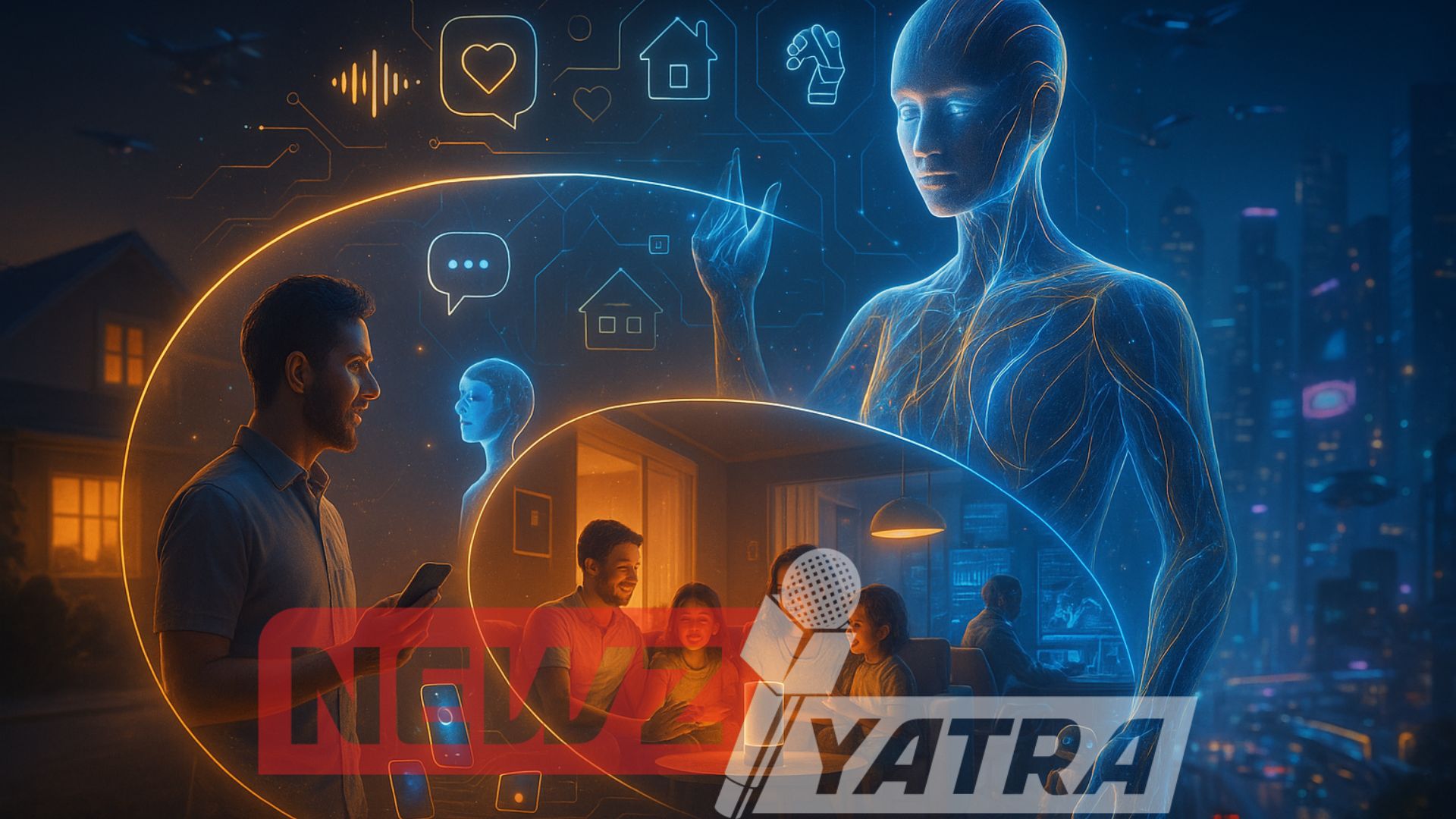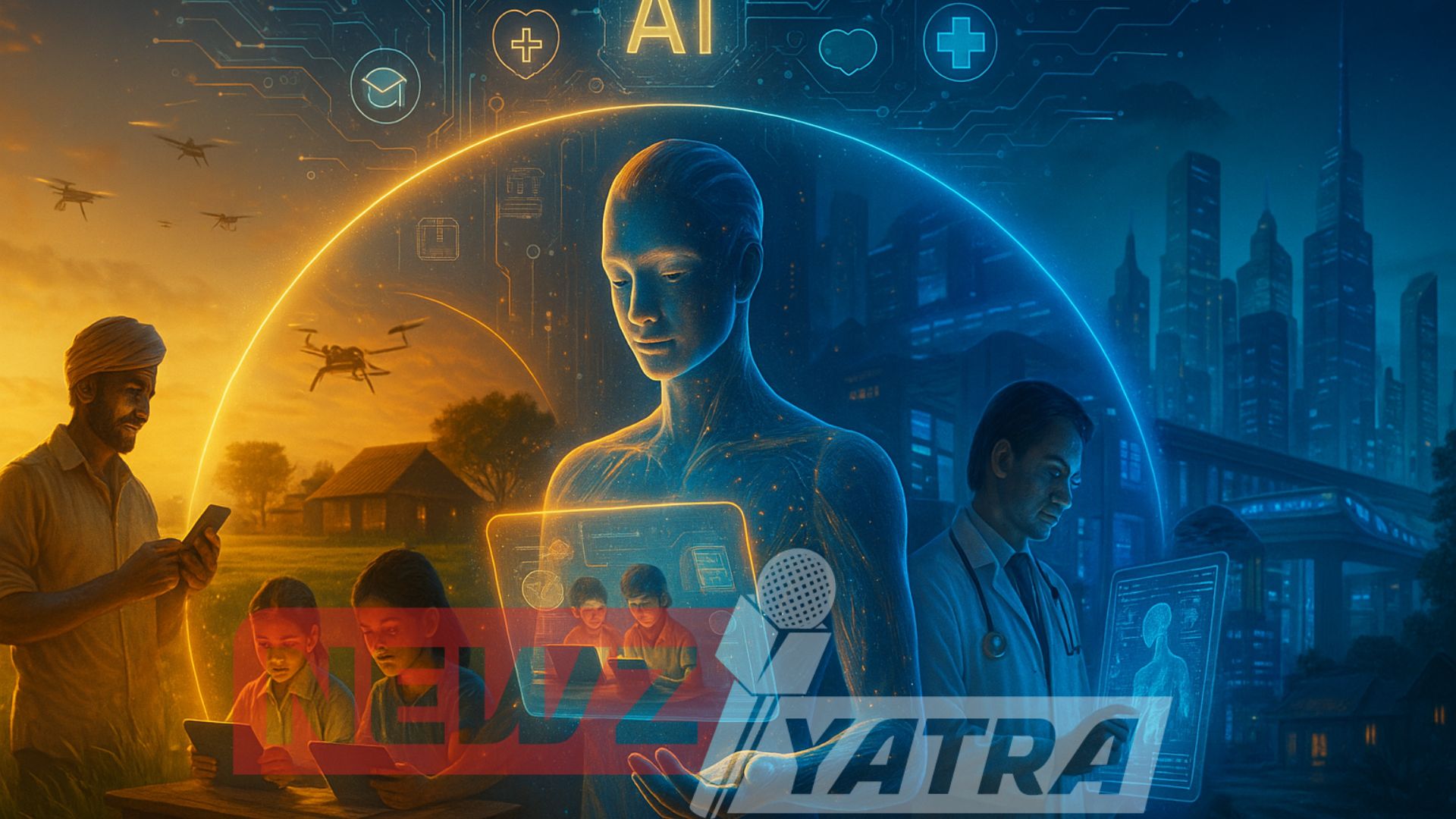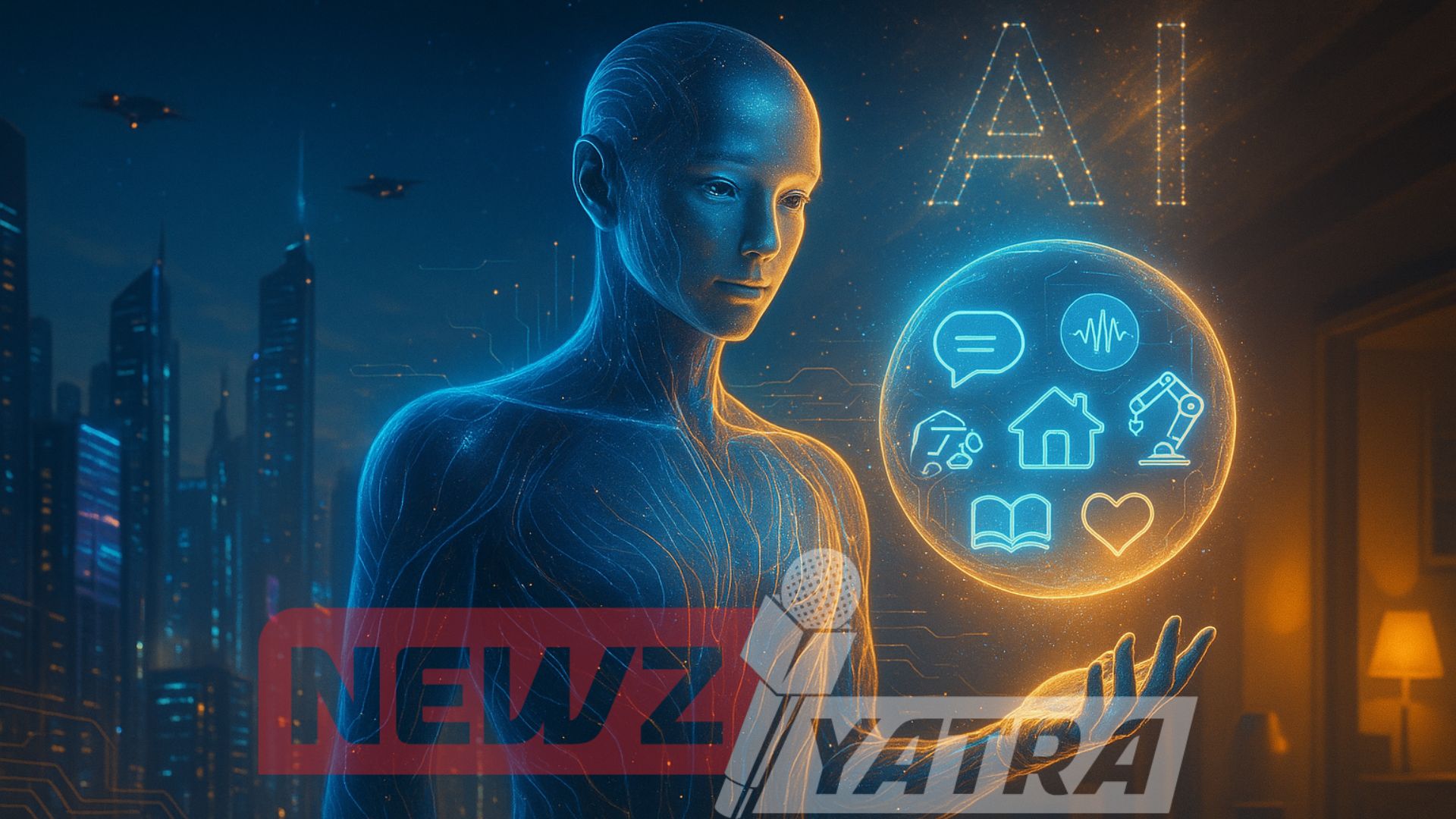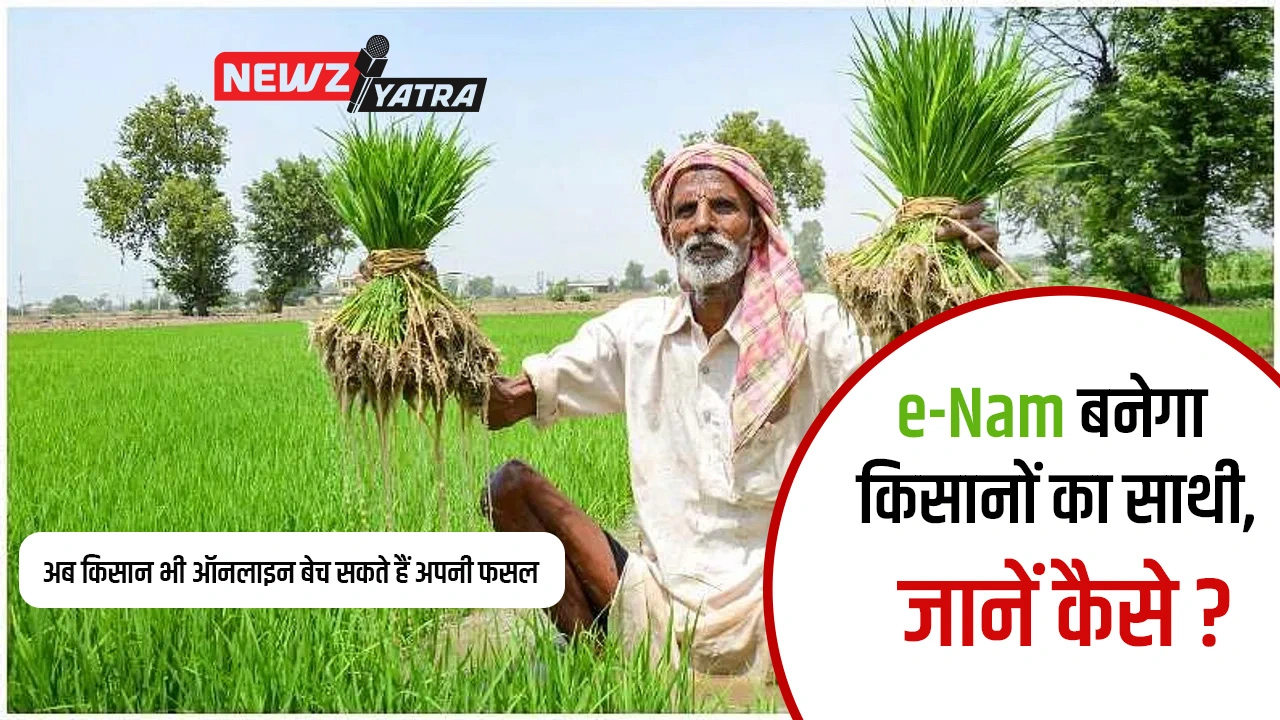How India’s Digital Public Infrastructure is Transforming the Economy and Society!
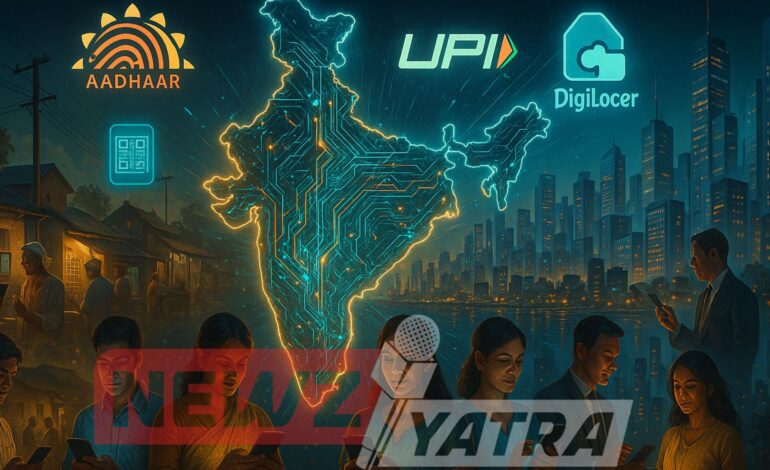
India’s Digital Public Infrastructure: Quietly Powering a Big Economic Shift
In just a decade, India has built one of the world’s most inclusive and impactful digital ecosystems. Known as Digital Public Infrastructure (DPI), this network includes platforms like Aadhaar, UPI, DigiLocker, and the rising ONDC—all designed as public digital utilities, open to everyone.
These tools are transforming daily life and fueling economic growth: (Digital Public Infrastructure India)
- Aadhaar gives over a billion people a secure digital identity.
- UPI enables real-time, zero-cost payments across the country.
- DigiLocker allows easy, anytime access to official documents.
- ONDC is opening up e-commerce to small sellers and local businesses.
Together, they’re helping startups, MSMEs, and even rural entrepreneurs access markets, credit, and customers like never before. (Digital Public Infrastructure India)
This public-first approach to technology is reducing friction, increasing inclusion, and reshaping how India does business. More than just a tech success, India’s DPI is a model for scalable, inclusive growth—and the world is taking notice.
What is India’s Digital Public Infrastructure and How It’s Changing Everyday Life (Digital Public Infrastructure India)
What is Digital Public Infrastructure (DPI)? (Digital Public Infrastructure India)
Digital Public Infrastructure (DPI) refers to the essential digital systems that form the backbone of a digital economy. These are open, interoperable, and designed as public goods—meaning they’re built not for profit, but for broad societal benefit.
Unlike private apps or tech platforms, DPI is typically developed by governments or public institutions. Think of it as digital “roads and railways”—common platforms that individuals, startups, and businesses can build on safely and affordably. (Digital Public Infrastructure India)
In India, this ecosystem is known as the India Stack—a layered set of APIs and platforms that includes:
- Aadhaar for digital identity
- UPI for real-time payments
- DigiLocker for secure document storage
- ONDC for democratizing digital commerce
These platforms work together to power everything from bank transfers to government services to e-commerce—creating a unified digital foundation that supports innovation, inclusion, and economic growth. (Digital Public Infrastructure India)
UPI – The Fintech Revolution Engine of India (Digital Public Infrastructure India)
Launched in 2016 by the National Payments Corporation of India (NPCI), the Unified Payments Interface (UPI) has completely transformed how India handles money. What began as a simple peer-to-peer transfer system is now the world’s largest real-time payments platform, facilitating over 12 billion transactions every month (as of 2025). (Digital Public Infrastructure India)
But UPI’s true success lies not just in numbers—it’s in how deeply it has reshaped India’s financial landscape.
The Impact of UPI (Digital Public Infrastructure India)
Startups:
UPI has been the backbone of India’s fintech explosion. Apps like PhonePe, Google Pay, Paytm, and BharatPe have built innovative services on top of UPI, offering everything from microloans to bill payments and insurance.
MSMEs: (Digital Public Infrastructure India)
Micro, small, and medium enterprises can now accept digital payments instantly, without the cost of POS machines or complex setups. A simple QR code is all they need.
Rural India:
From remote villages to roadside vendors, UPI has brought digital payments to the last mile. Even local kirana shops and vegetable sellers now accept payments via QR codes.
Women & Financial Inclusion: (Digital Public Infrastructure India)
UPI is playing a key role in empowering women, especially in rural areas. With just a mobile phone, they can receive payments, manage finances, and participate in the digital economy—securely and independently.
From cities to villages, from big businesses to local vendors, UPI has become the financial lifeline of a new digital India. And the revolution is just getting started.
Aadhaar – The Identity Backbone of Digital India (Digital Public Infrastructure India)
With over 1.3 billion people enrolled, Aadhaar is the world’s largest biometric digital identity system. Launched as a unique ID initiative, it has evolved into a foundational layer of India’s Digital Public Infrastructure, enabling seamless access to services for millions.
The Impact of Aadhaar
KYC Simplification:
Aadhaar-based e-KYC has made customer verification instant and paperless for banks, NBFCs, telecom operators, and fintech companies—dramatically reducing onboarding time and cost.
Subsidy Targeting:
By linking Aadhaar to welfare schemes, the government has ensured direct benefit transfers (DBTs) for subsidies like LPG (PAHAL) and ration distribution, helping to eliminate leakages and fraud.
Startup Ecosystem:
Startups now leverage Aadhaar-enabled services like e-sign, e-KYC, and digital lending to build frictionless user experiences and onboard customers quickly and compliantly.
From financial inclusion to public service delivery, Aadhaar has become the digital identity foundation driving India’s digital economy forward.
DigiLocker – Powering Paperless Governance and Digital Trust (Digital Public Infrastructure India)
DigiLocker is one of India’s quiet digital successes. It allows citizens to store, access, and share official documents digitally, with the same legal validity as physical copies. From driving licenses to academic certificates, everything is just a few taps away.
The Impact of DigiLocker
Startups:
Fintech, edtech, and HR tech platforms now integrate DigiLocker to instantly fetch verified documents like PAN cards, driver’s licenses, marksheets, and more—enabling seamless onboarding and faster service delivery.
MSMEs:
Businesses no longer need to manually verify hard copies. Compliance and KYC processes are smoother, reducing both time and operational costs.
Government Efficiency:
Whether it’s college admissions, scholarship verification, or government recruitment, DigiLocker has streamlined traditionally paperwork-heavy processes—saving time, cost, and resources.
By eliminating the need for physical documents, DigiLocker is enabling a more efficient, secure, and eco-friendly digital governance model—one that builds trust at scale.
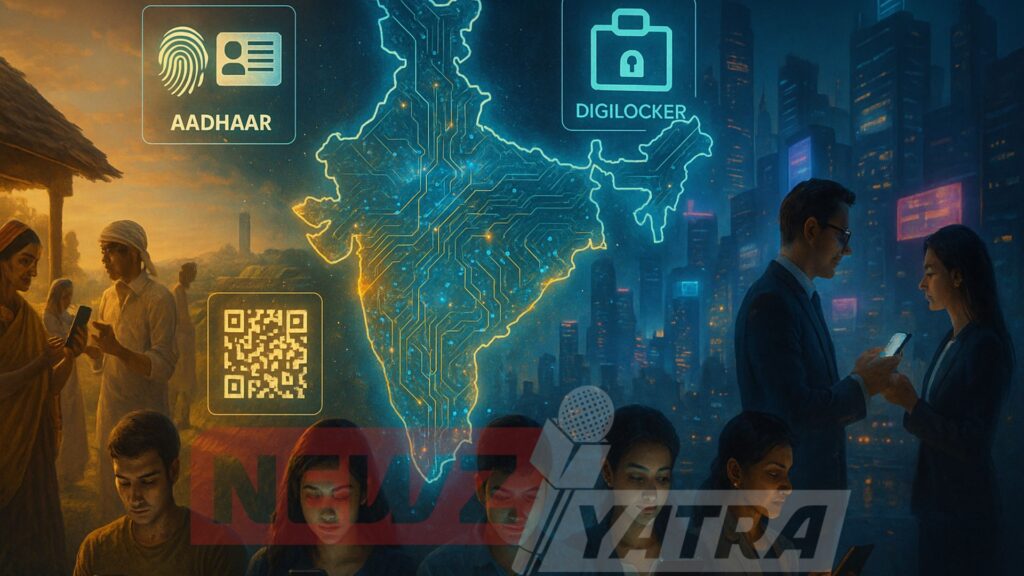
Economic & Social Impact of India’s Digital Public Infrastructure (Digital Public Infrastructure India)
India’s DPI isn’t just a technology story—it’s a powerful driver of economic transformation and social inclusion. By creating open, interoperable systems, India has laid the groundwork for scalable, sustainable progress across sectors.
Formalization of the Economy
Digital transactions via UPI, along with Aadhaar-linked bank accounts, are creating clear digital trails. This shift is helping bring millions into the formal financial and tax ecosystem, increasing transparency and government revenue.
Boost to the Startup Ecosystem
DPI serves as “infrastructure-as-a-service” for innovators. Startups no longer need to build from scratch—they can plug into Aadhaar for identity, UPI for payments, DigiLocker for documents, and more. This dramatically reduces friction, costs, and time-to-market.
Empowerment & Inclusion (Digital Public Infrastructure India)
Armed with just a smartphone, rural citizens can now:
- Access banking and credit
- Apply for government schemes
- Join digital marketplaces like ONDC
This has made economic participation more accessible and equitable, especially for women and underserved communities.
Together, these impacts show how Digital Public Infrastructure is not just powering India’s economy—it’s reshaping society from the ground up.
What’s Next for India’s Digital Public Infrastructure? (Digital Public Infrastructure India)
India’s Digital Public Infrastructure journey is just getting started. The next wave of innovation is set to deepen inclusion, unlock new sectors, and accelerate economic growth even further.
Here’s what’s coming up:
- Account Aggregators:
A new framework enabling secure, consent-based data sharing across financial institutions—empowering users with control over their financial data. - Health Stack (Ayushman Bharat Digital Mission):
A digital health ecosystem that will provide electronic health records, e-prescriptions, and interoperable health services across the country. - Digital Credit Platforms (UPI 2.0):
Next-gen credit infrastructure built on UPI will allow instant, low-cost access to formal credit, especially for small businesses and individuals with limited financial history.
These developments aim to help India leapfrog traditional barriers, creating a future where technology drives inclusion, innovation, and growth at an unprecedented scale.
From Digital Rails to Inclusive Growth Engines (Digital Public Infrastructure India)
India’s Digital Public Infrastructure isn’t just a technological feat—it’s a reimagining of how an economy can grow. By treating digital systems as public goods rather than private monopolies, India has built a model where every citizen, business, and entrepreneur has a fair shot at opportunity.
Whether it’s a street vendor in Varanasi accepting UPI payments, a student accessing certificates via DigiLocker, or a small-town entrepreneur selling on ONDC, DPI is quietly rewriting the rules of participation. It’s not just powering apps—it’s powering aspirations.As the world watches this bold experiment unfold, one thing is clear: India isn’t just going digital—it’s going equitable, scalable, and unstoppable.
How to Use Midjourney, Sora, and Gemini AI Like a Pro (2025 Ultimate Guide)
